

In celebration of Ninoy Aquino Day, a time when the country honors the memory of a man who played a pivotal role in shaping the course of our nation's history, let us take a reflective journey through the remarkable life of former Senator Benigno Simeon "Ninoy" Aquino Jr.
Often referred to as the Young Man in a Hurry, Ninoy's life had a whirlwind of accomplishments, fervent opposition to the Marcos regime, and a tragic end that sparked a movement for change.
As we commemorate this special day, let us delve into the various chapters of Ninoy Aquino's life, highlighting his early years, political endeavors, imprisonment, self-imposed exile, heart-rending assassination, and the enduring impact he left behind.
Early years and academic pursuits
Born on November 27, 1932, in Concepcion, Tarlac, Ninoy was the second of seven children of Benigno Aquino Sr. and Aurora Lampa-Aquino who were prominent land-owning families.
Even in his youth, Ninoy displayed an affinity for public speaking and captivating his family's visitors with his speeches.
He had multiple shifts in schools throughout his academic journey, he graduated from St. Joseph's College, San Beda College, and Ateneo de Manila University.
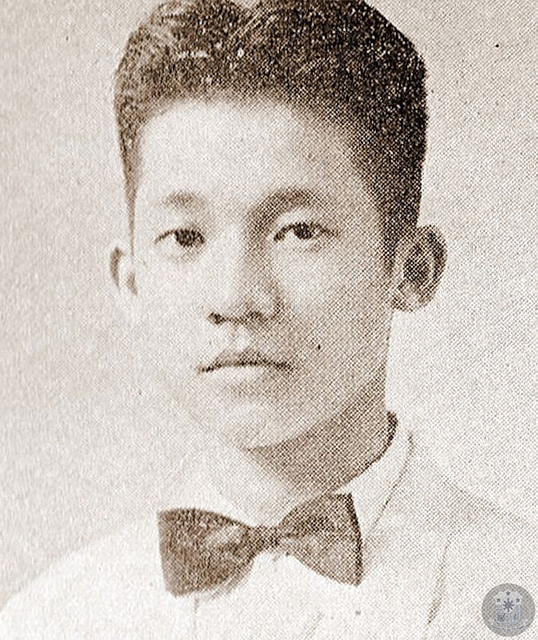
He pursued law studies at the University of the Philippines but briefly interrupted his education to eventually embark on a journalism career.
In the year 1954, a significant milestone unfolded in Ninoy's life when he married Corazon Cojuangco, who hailed from a fellow land-owning lineage in Tarlac.
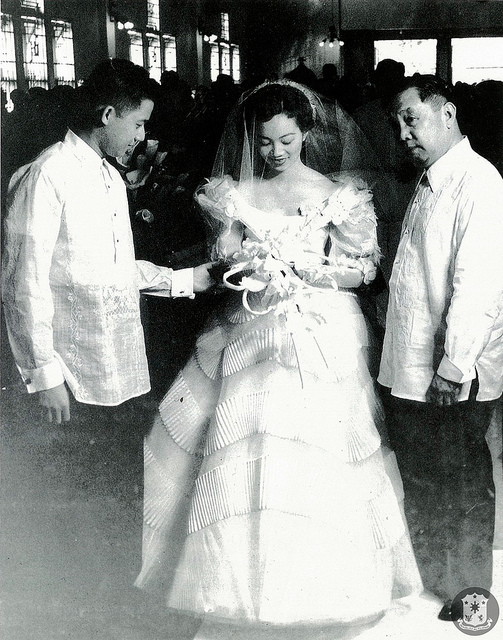
The Young Man in a Hurry
At just 17 years old, Ninoy gained early recognition when he served as the youngest war correspondent during the Korean War in 1950. His courage and achievements earned him accolades such as the Philippine Legion of Honor, the Degree of Officer.
Subsequently, he served as a foreign correspondent, gaining insights into the oppressive regimes of North Korea and the waning days of French colonialism in Asia.

His return to the Philippines in 1954 marked the beginning of a political career as he undertook roles as a personal emissary and later executive assistant under different administrations.
In 1959, Ninoy achieved a remarkable feat by assuming the position of vice governor at the age of 27. He then ascended to the governor position following the resignation of his predecessor in 1961.
Sentinel of resistance
Ninoy's political journey took a critical turn when he entered the Senate and became a fervent critic of the Marcos regime.
He exposed electoral manipulation and denounced the militarization of civilian offices.
Ninoy also pointed out that the 1967 elections were driven by guns, hired troublemakers, and money, and he believed it was important to speak up to stay "free."

During his inaugural speech, Ninoy criticized Marcos' plan to make a "stronghold government" by putting military people in civilian jobs, keeping generals in power for too long, and spending a lot on the military.
He also denounced how the government was spending too much on big projects. He thought the San Juanico Bridge project was a waste, and that First Lady Imelda's Cultural Center plan was inappropriate given that people in Manila were suffering from poverty.
When martial law was declared, Ninoy's aspirations for the presidency were curtailed after he was arrested and imprisoned at Camp Crame and later transferred to Fort Bonifacio.
While in detention, Ninoy wrote ten open letters criticizing the Marcos regime. He managed to pass these letters to Cory, who got them published in the Bangkok Post.
But these letters led to both Ninoy and his companion Jose "Pepe" Diokno being put in solitary confinement.
On March 12, 1973, Ninoy and Pepe Diokno were taken to a helicopter with the presidential seal. They were handcuffed and blindfolded before being transported to Fort Magsaysay in Laur, Nueva Ecija, where they were placed in solitary confinement.
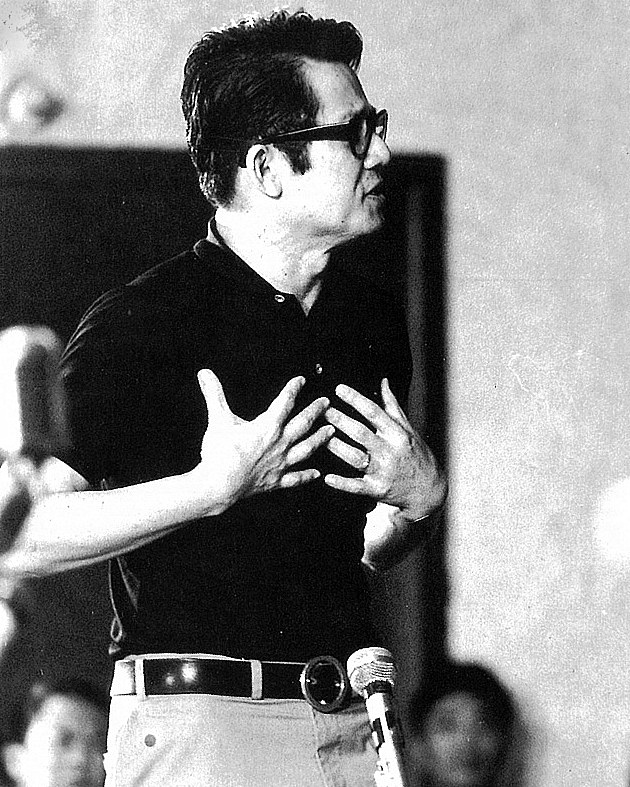
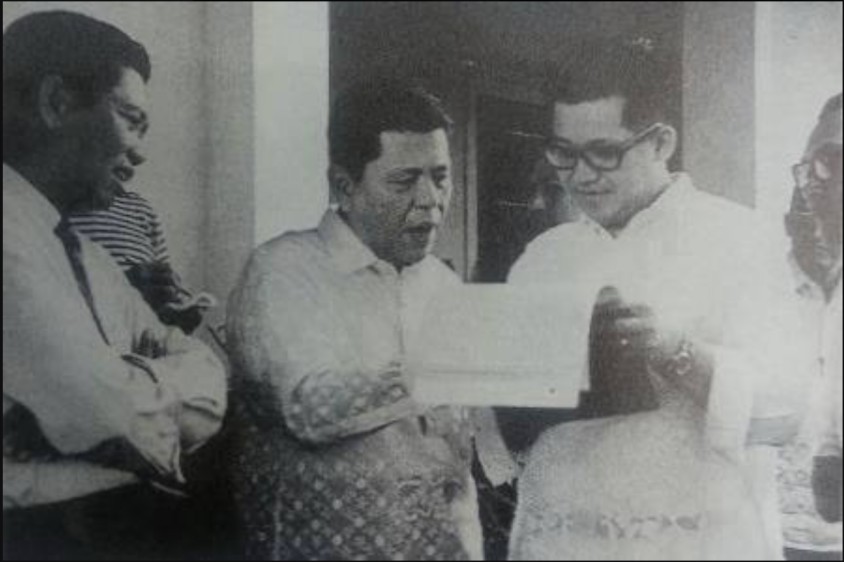
On August 27, 1973, Ninoy faced a Military Tribunal at Fort Bonifacio on charges of murder, illegal firearm possession, and subversion. However, he refused to partake, condemning it as a "mockery." The hearings paused, resuming on March 31, 1975.

Ninoy went on a hunger strike in protest, surviving only with salt tablets, sodium bicarbonate, amino acids, and minimal water.
The former Senator was then declared guilty and condemned to death by firing squad on November 27, 1977.
In March 1980, Ninoy suffered a heart attack while in prison.
With Marcos' consent, he sought medical treatment in Dallas, Texas. Later, he settled with his family in Newton, Boston, Massachusetts, embarking on self-imposed exile.
Expanse of exile and tragedy
Released from prison in 1980 due to health reasons, Ninoy settled in self-exile in the United States. Nevertheless, his passion for his homeland never waned.
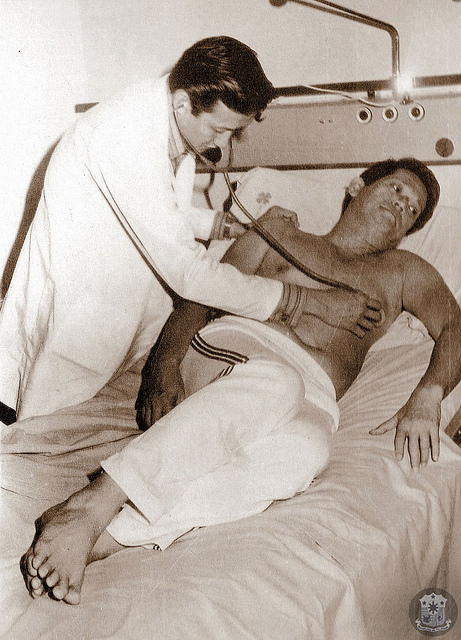
Despite warnings, he returned to the Philippines in 1983 with the intent to negotiate with Marcos.
Expecting Ninoy's homecoming, his followers donned yellow attire and affixed yellow ribbons to the trees encircling Manila International Airport, inspired by the tune "Tie a Yellow Ribbon Round the Old Oak Tree."
Upon his arrival at Manila International Airport, he was assassinated. His tragic death sparked widespread outrage and protests.
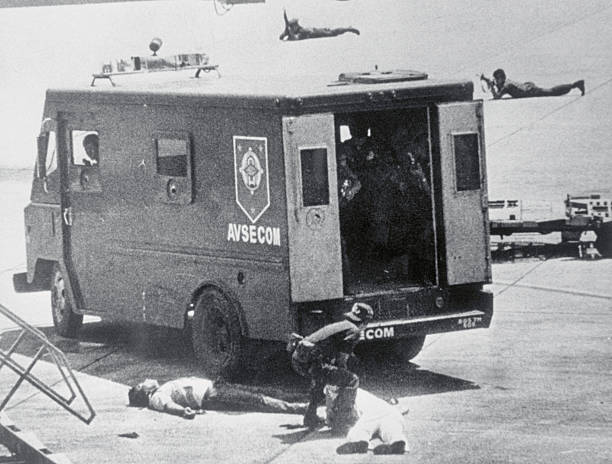
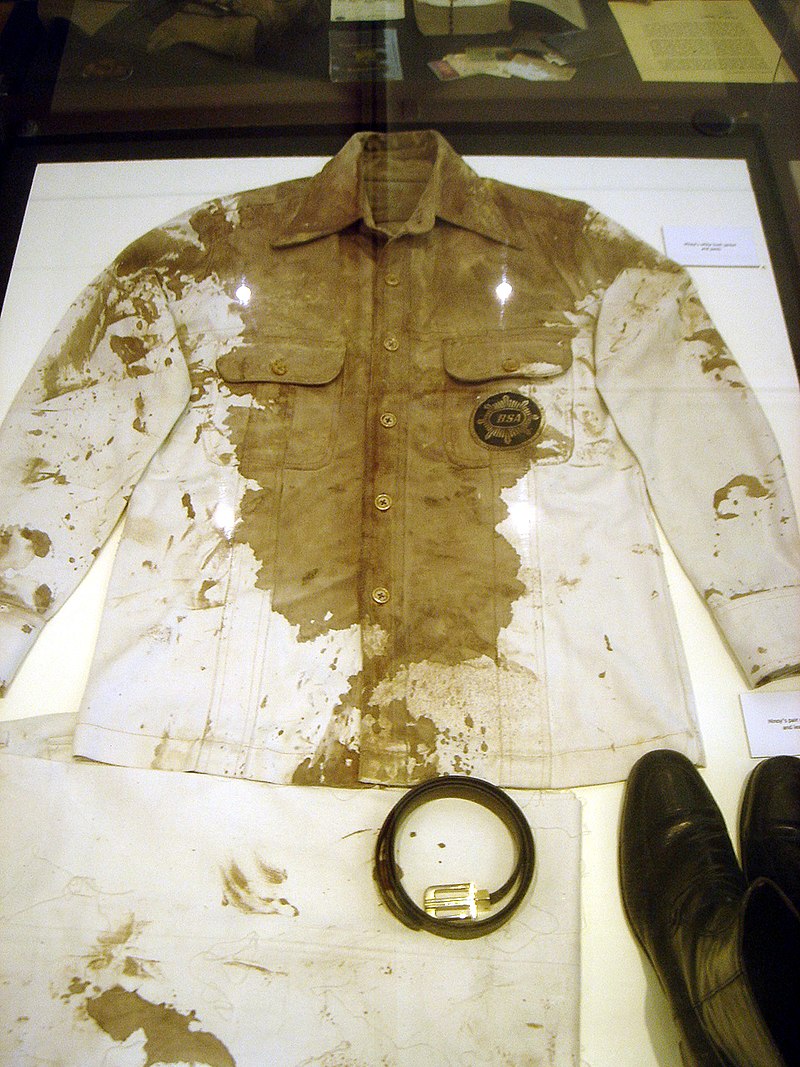
The event led to the uncovering of a military conspiracy, deepening opposition against the Marcos government.
Ninoy's death ignited a passion among the opposition. People celebrated his role as a symbol of defiance and marched for 11 hours, chanting "Ninoy Ninoy, we love you" and singing "Bayan Ko."
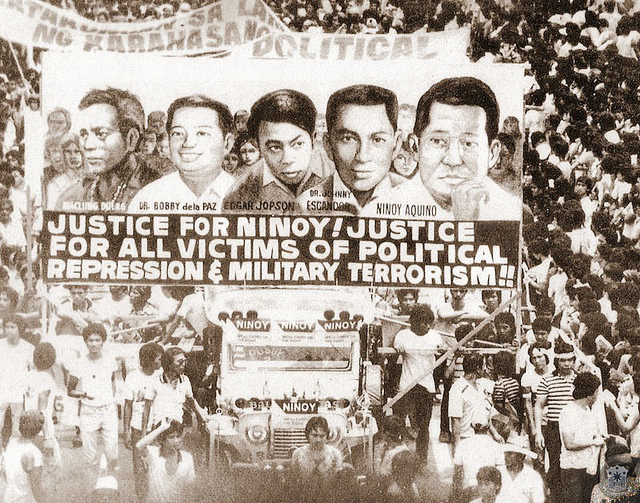
Though he couldn't fulfill his goals, his legacy inspired others to continue challenging the dictatorship.
Ninoy's legacy lived on in his family, particularly his widow, Corazon Aquino, who emerged as a political force.
His courageous spirit and sacrifice inspired individuals to stand up against oppression and strive for democracy.




